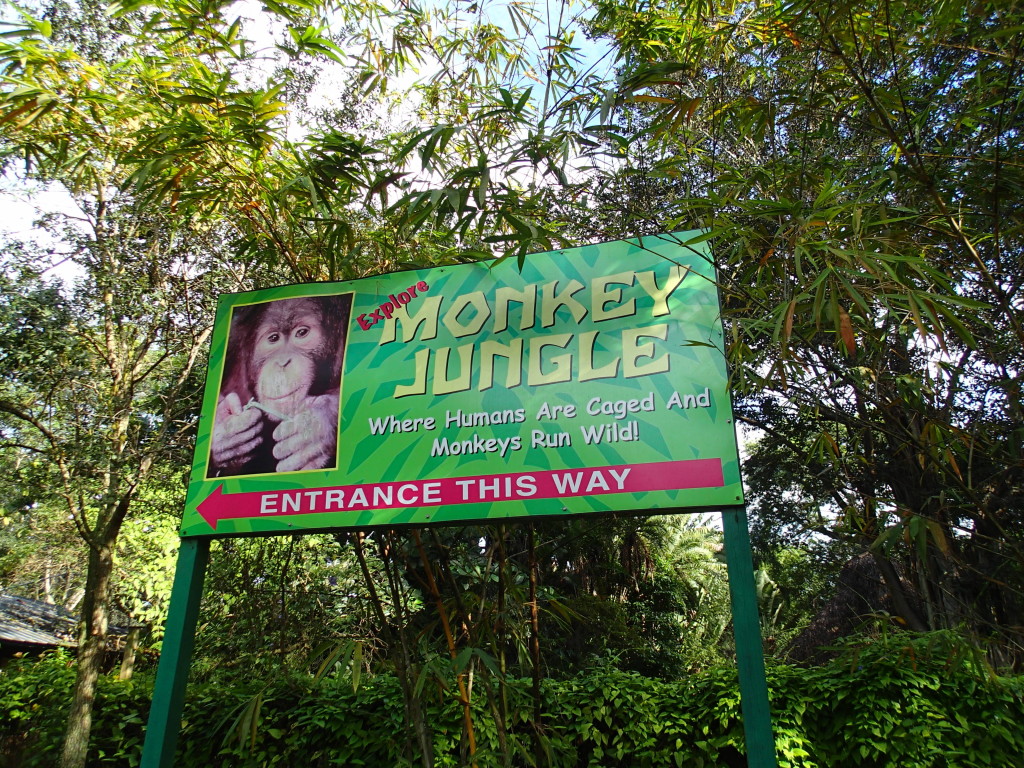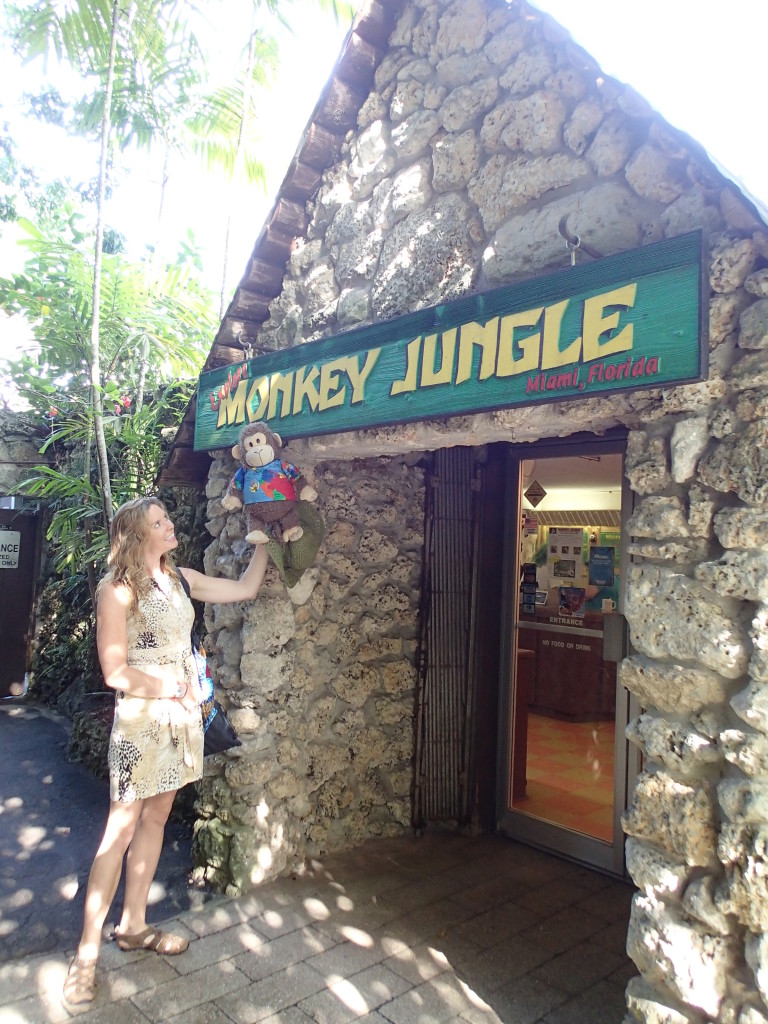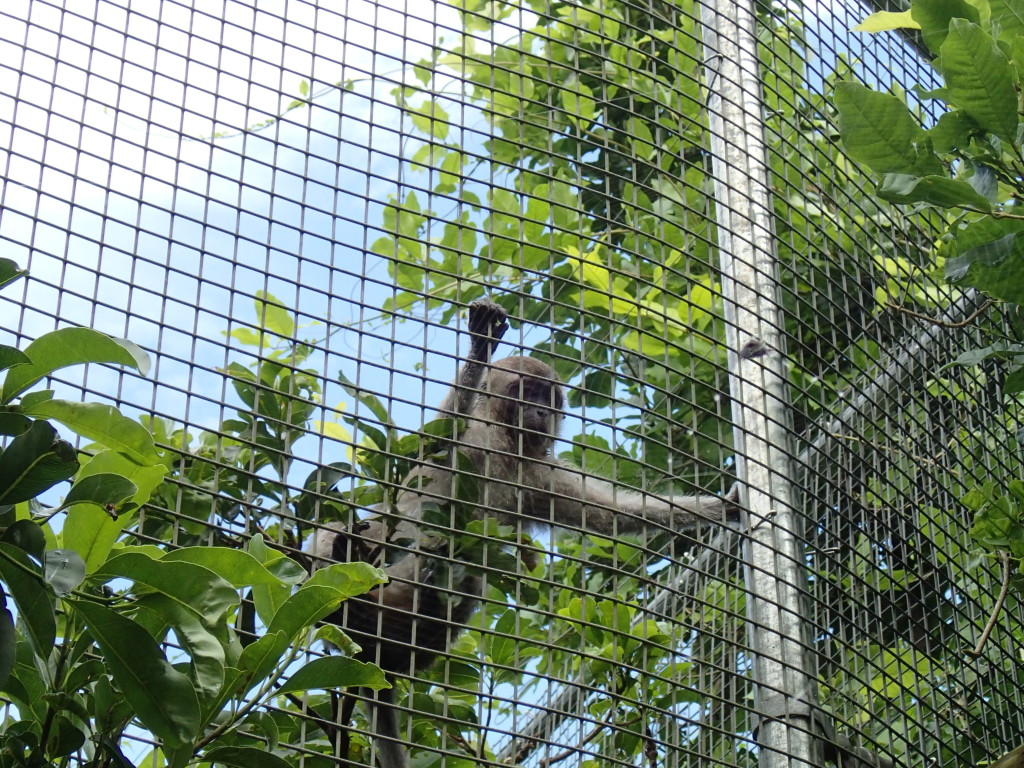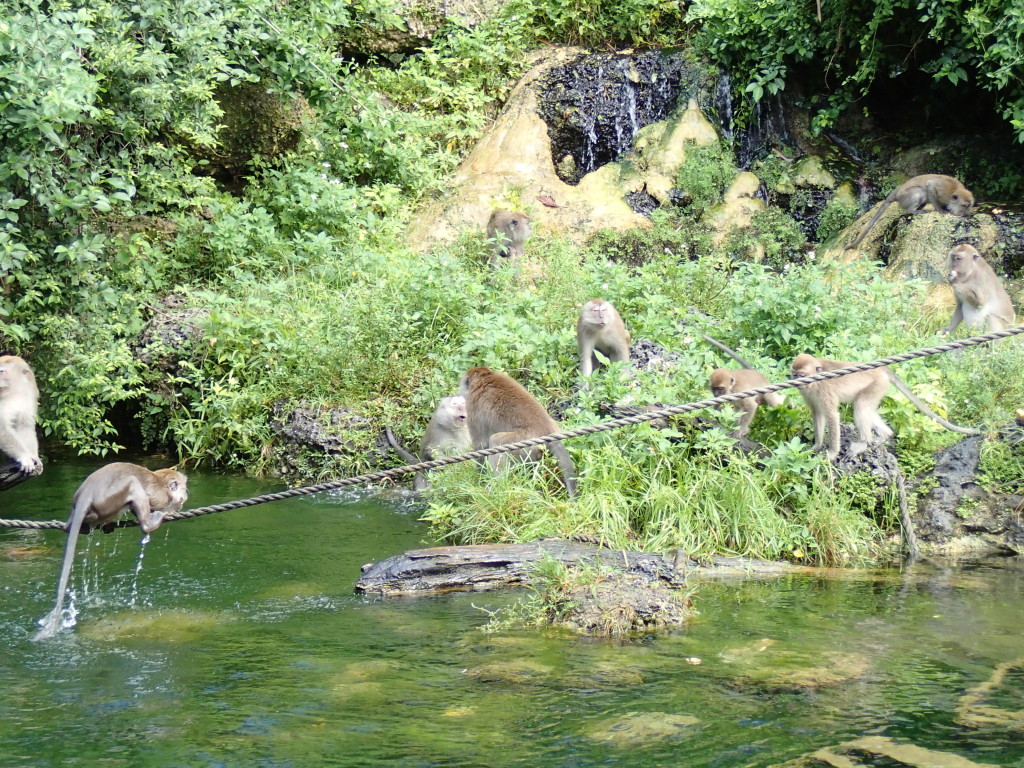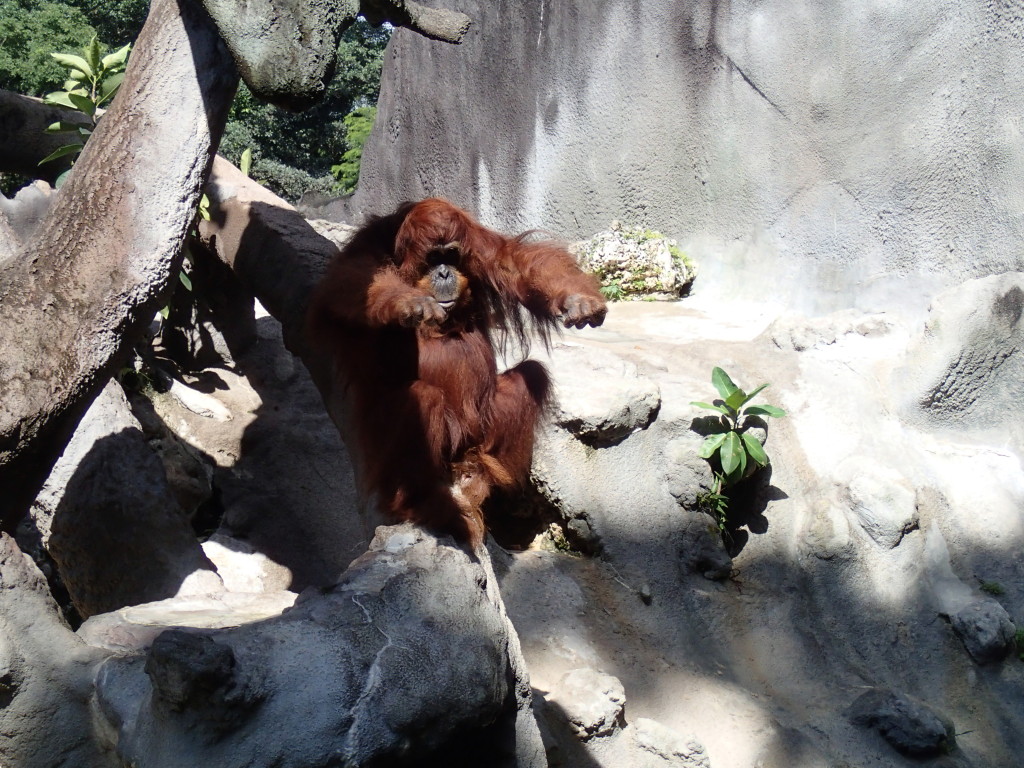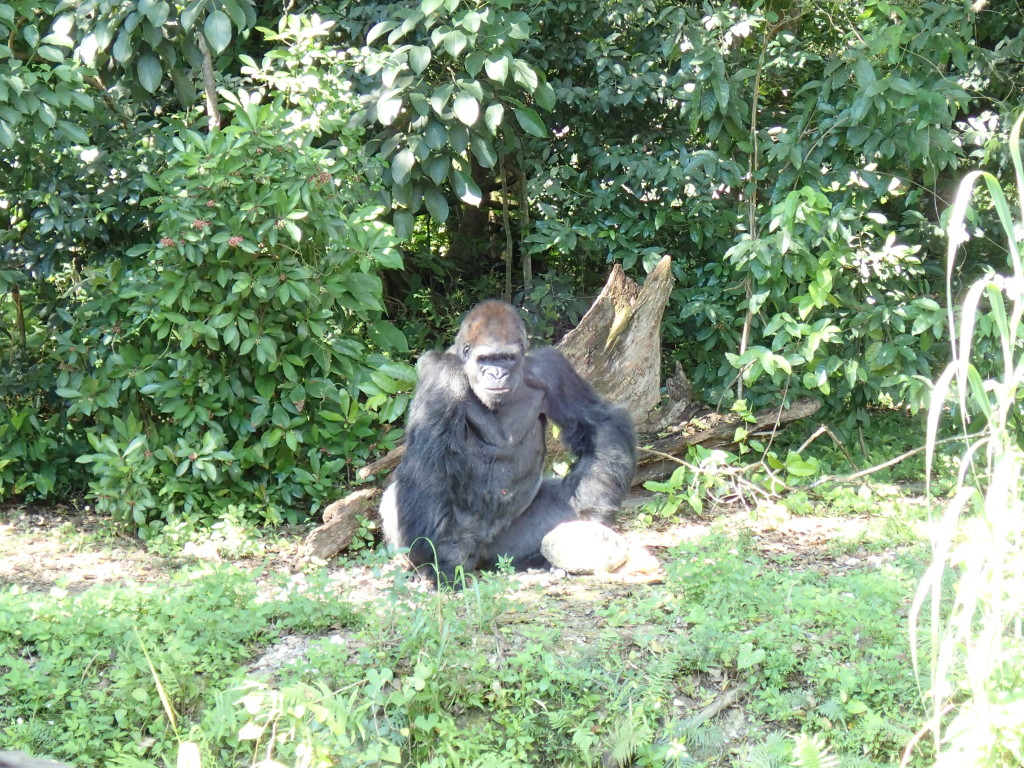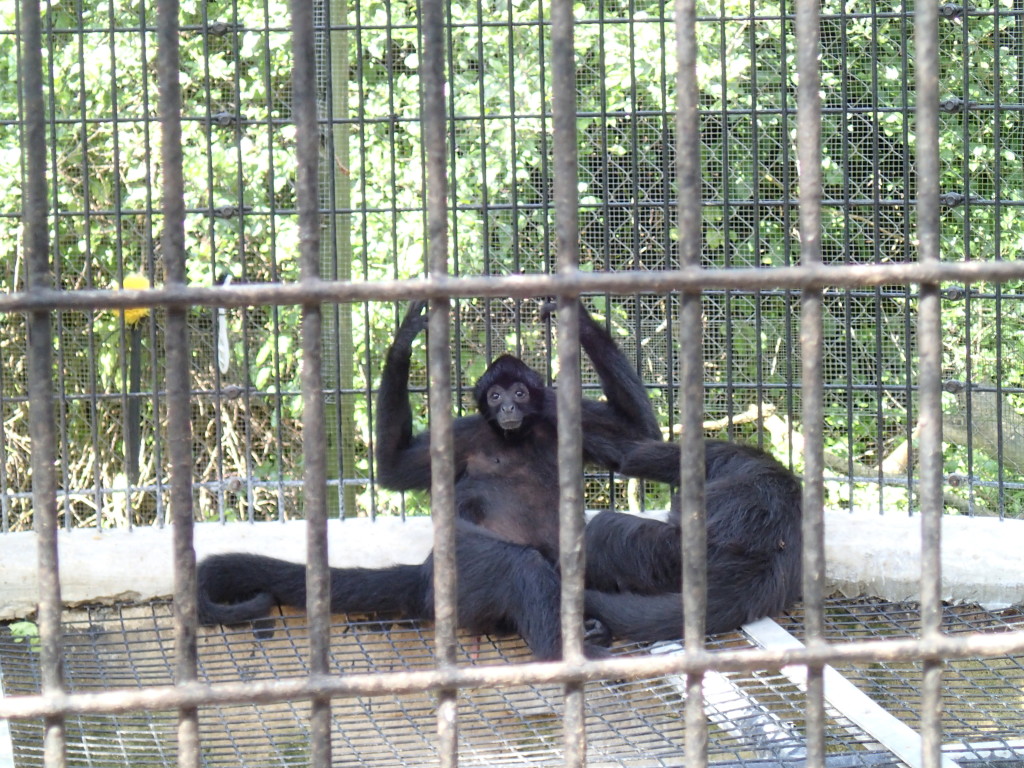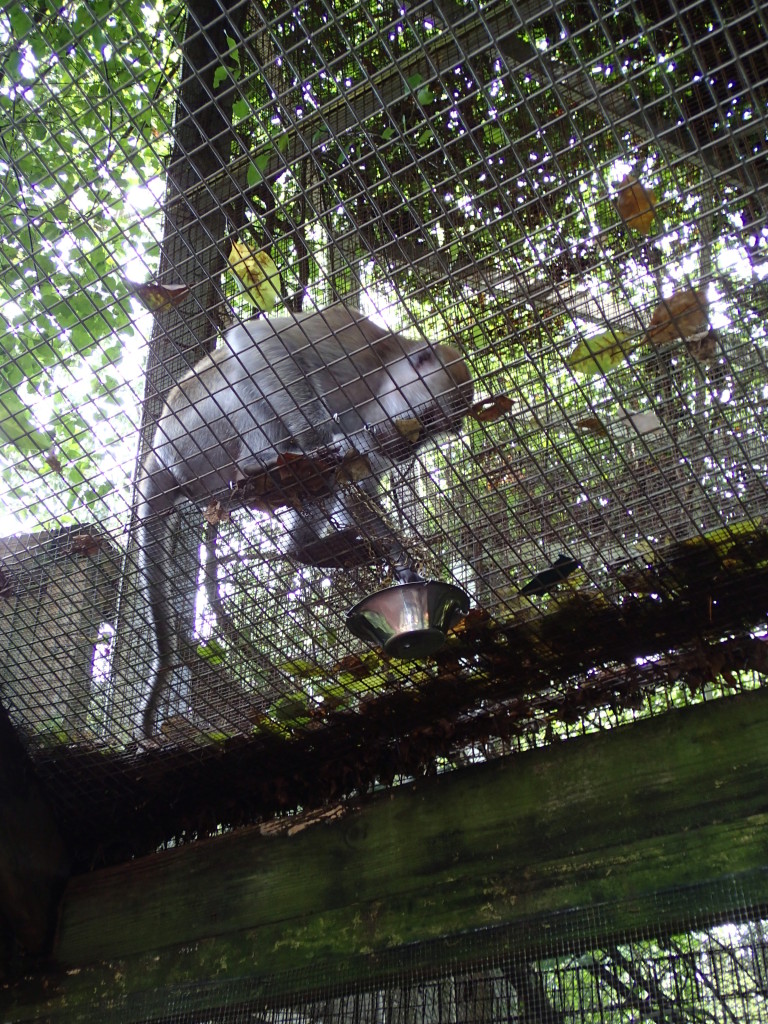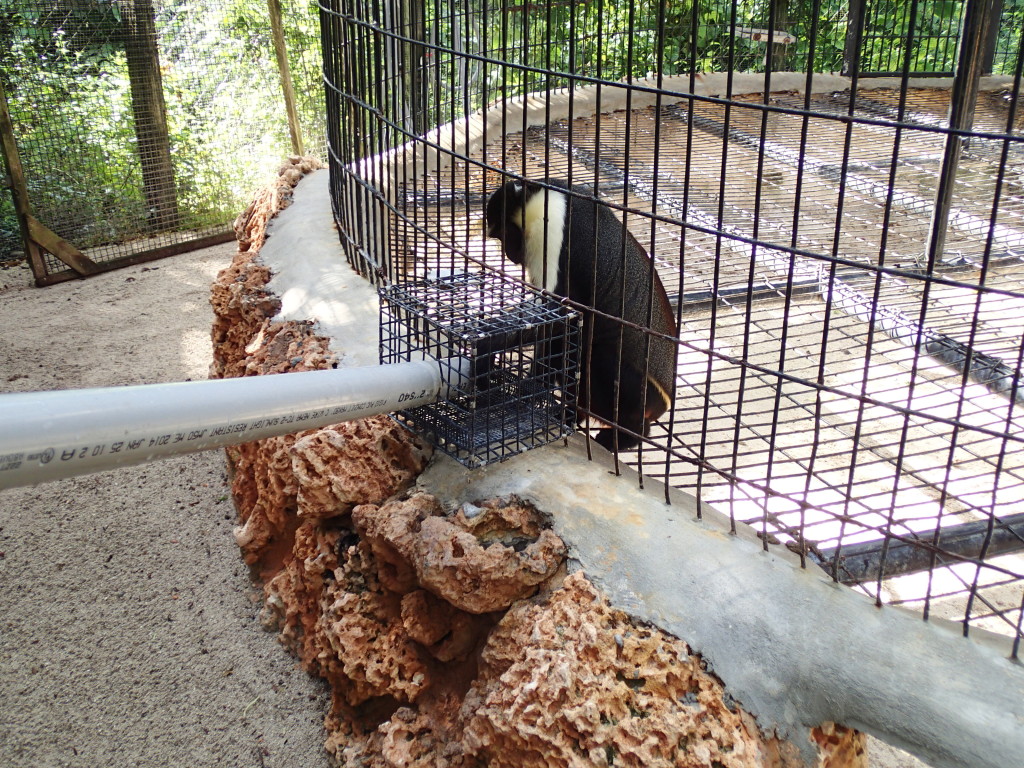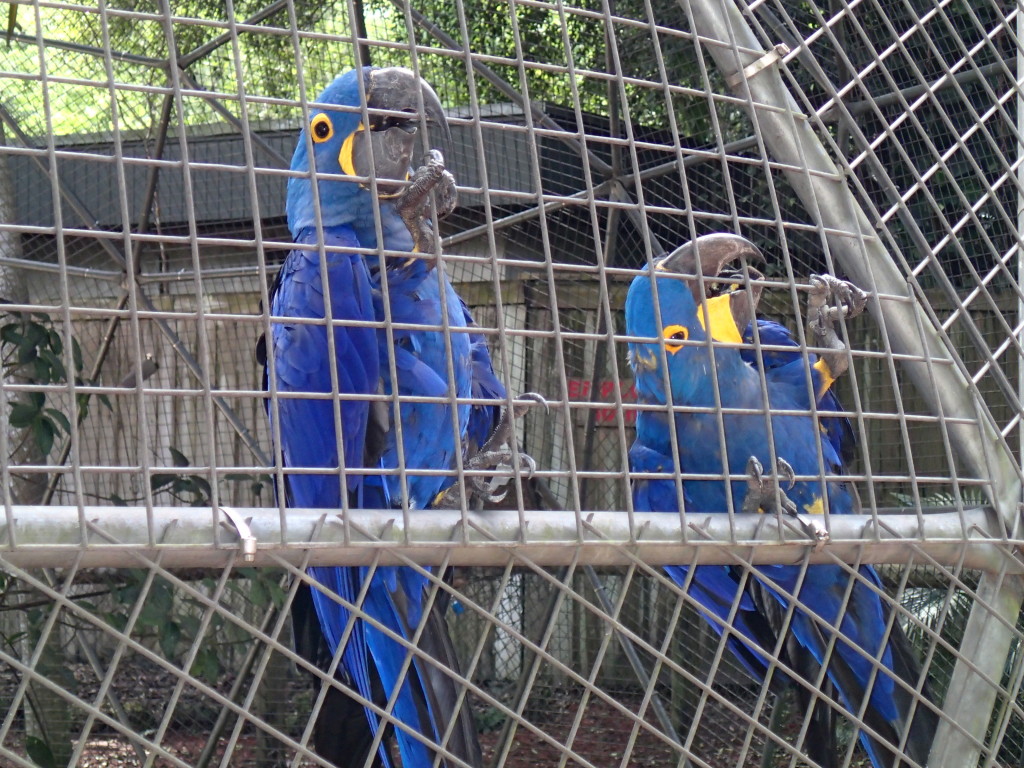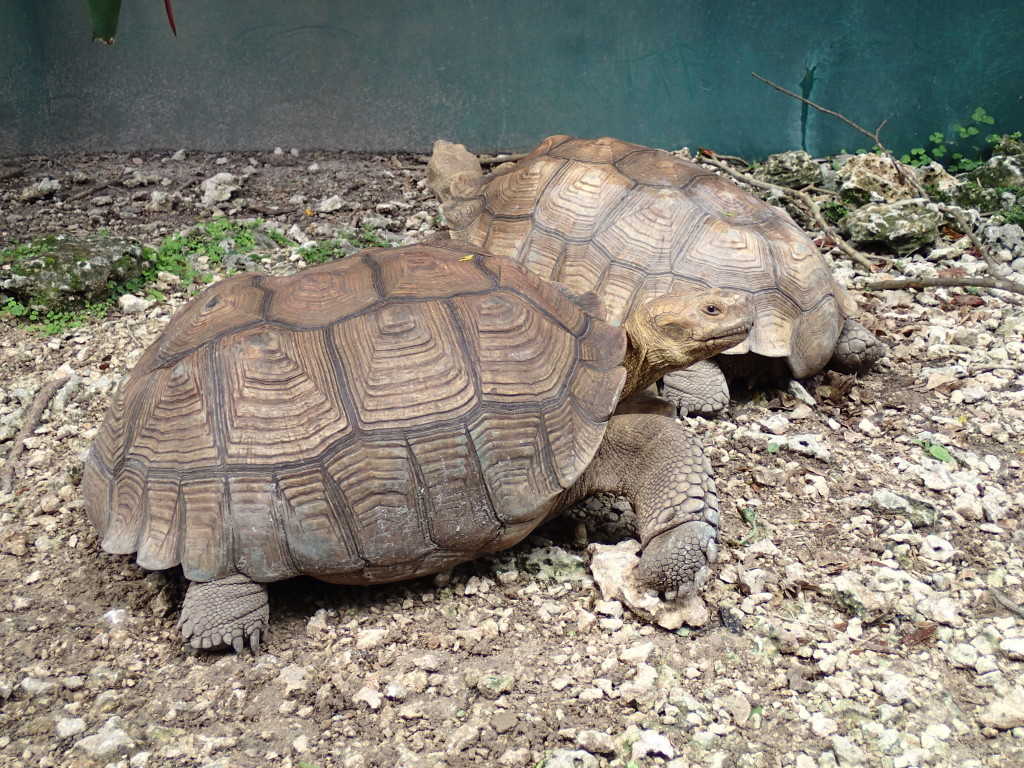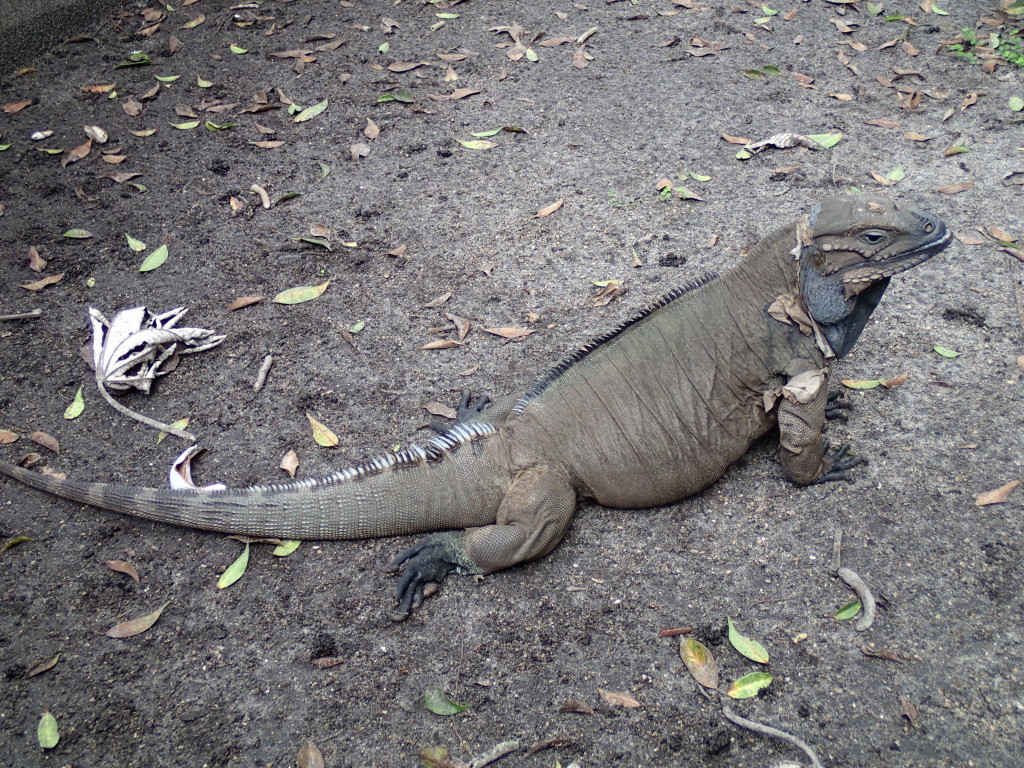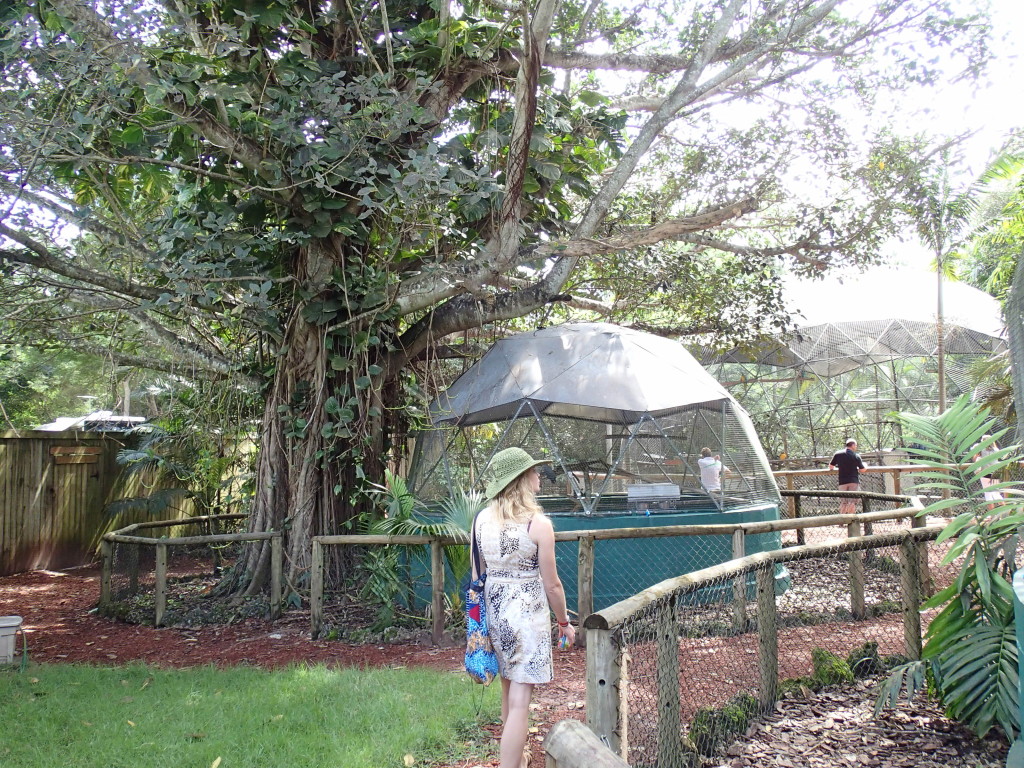If you haven’t noticed a trend in my posts lately, I’m a big fan of primates…the non-human ones in particular. This year I visited a chimpanzee sanctuary, Chimp Haven, in Louisiana and a gorilla sanctuary, Dewar Wildlife Trust, in Georgia.
Related: A Visit to Chimp Haven Sanctuary – Keithville, Louisiana
Related: Gorillas in Georgia?! A Tour of the Dewar Wildlife Trust Sanctuary
So when I recently found myself in Southern Florida, I did a quick search to see what furry friends might be in the area to greet me.
I came across a wildlife park called Monkey Jungle, which was established in 1933 by Joseph and Grace DuMond. It was Joseph’s dream to establish North America’s first free-range colonies of monkeys for researchers to study them in a natural habitat. The couple relocated from Connecticut to South Florida and purchased 10 acres of land because the climate here was similar to the monkeys’ home in Southeast Asia.
He began charging curious visitors $0.10 admission to fund his scientific studies, and there were originally no barriers between the public and the monkeys. However, Java monkeys are super territorial and after aggressively defending their new homeland a few too many times, Joseph put cages around the public walkways, thereby still allowing the monkeys to roam free.
I was initially a little skeptical about this place? Was it more of a sanctuary or more of a zoo? What’s life really like for the monkeys inside and what brought them to this strange, foreign place?
Although not a true sanctuary, Monkey Jungle is considered a “bio park” where conversationalists conduct projects and guests and learn about different primate species. About 400 monkeys roam around Monkey Jungle today, which now spans 30 acres, including an Amazon Rainforest area.
During my visit, I checked out four primate presentations put on by the staff. The first featured a feeding of treats to Java monkeys in a natural pool of water.
Then I “met” Mei, Monkey Jungle’s lone orangutan and King, the one and only Western Lowland gorilla on site. Finally, I watched an Amazonian Rainforest feeding with howlers, black-capped Capuchins, and squirrel monkeys.
My favorite of the four presentations were the Wild Monkey Swimming Pool. The Java monkeys truly seem to truly have it best at Monkey Jungle. Unlike the Diana Monkeys and the White Handed Gibbons, the Javas really do have free reign of the place and green space to climb and play. Meanwhile, some of the other species were kept in were kept in cages that resembled clean, yet zoo-like conditions.
One of the most fun aspects of visiting Monkey Jungle was feeding treats to the primates through tubes and hanging baskets. For a small fee, you can purchase raisins in tiny boxes at the front desk and feed the monkeys from a safe distance. I am terrified of raisins due to bad childhood memories, so I opted for some tasty cranberries instead. They wait patiently (or not so patiently) for visitors to drop fruits in the metal baskets and then yank them up for a mid-day snack.
To prevent endangered monkeys in the wild from becoming extinct, Monkey Jungle breeds monkeys like the Golden Lion Tamarin. Less than 500 of these exist in the wild.
The wildlife park recently broadened its conservation efforts to create a sanctuary for parrots that have been domesticated and then ditched by their owners. It works with the Wings of Love Foundation to build aviaries at Monkey Jungle to house parrots who have been displaced and can no longer be cared for.
To add to the mix, there were also some tortoises randomly roaming around…
And an lazy lizard that was working its way towards a whole new layer of skin!
It costs $29.95 to get in, however you can print a $2 coupon from the website to save a couple bucks for the snack bar. There’s also an amazing gift shop here that has everything a stuffed pink monkey lover could ask for.
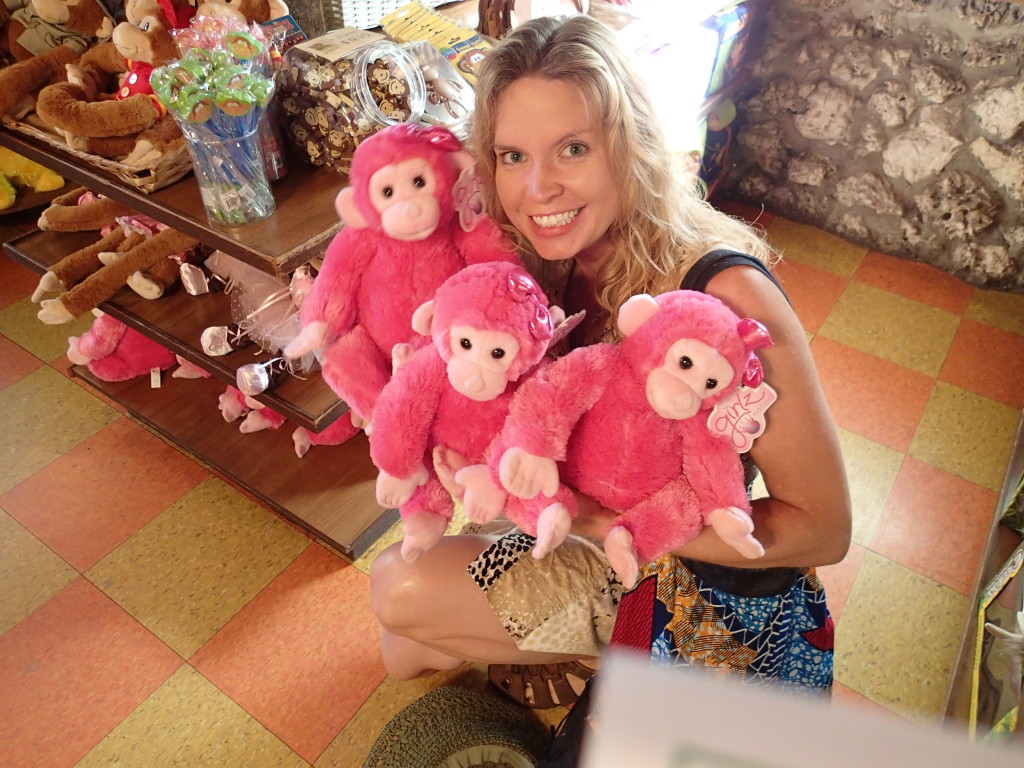 Monkey Jungle is located just off U.S. 1 in South Dade, a short drive from the beach and bar scene of Miami. It’s an excellent pit stop on a road trip to Key West as well. Monkeys sure aren’t native to South Florida, but it seems like they’re doing well and enjoying themselves down here!
Monkey Jungle is located just off U.S. 1 in South Dade, a short drive from the beach and bar scene of Miami. It’s an excellent pit stop on a road trip to Key West as well. Monkeys sure aren’t native to South Florida, but it seems like they’re doing well and enjoying themselves down here!

